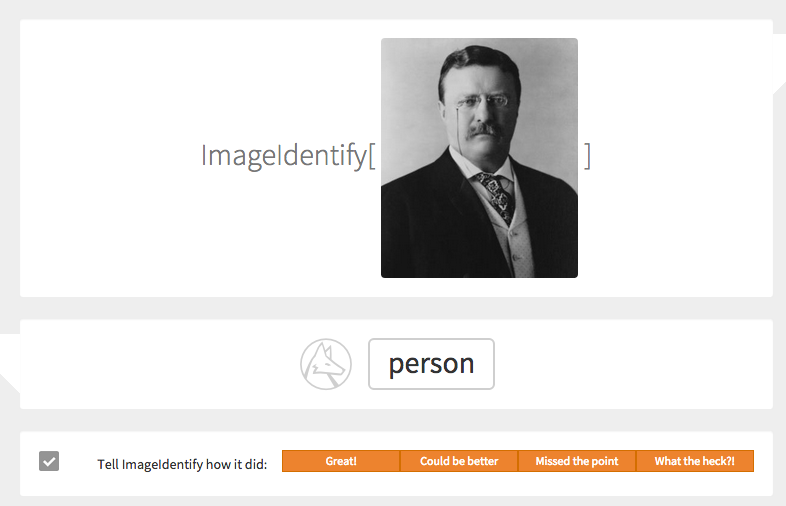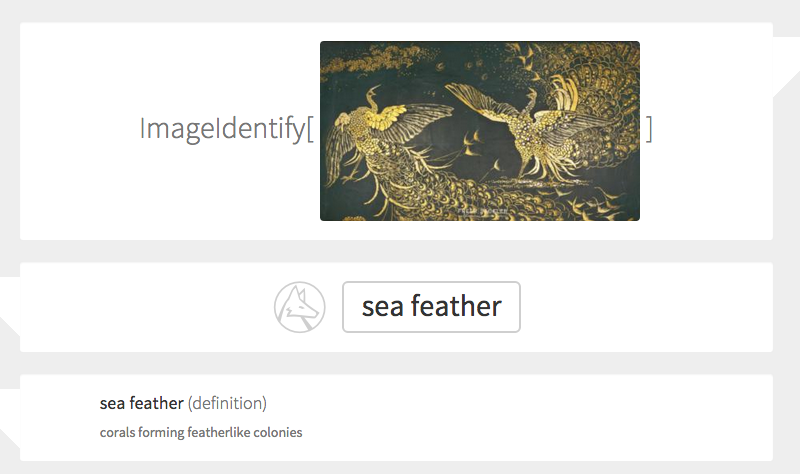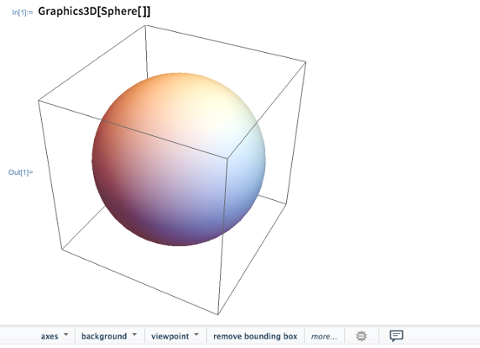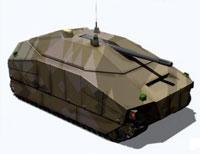For quite some time, various tech firms in Silicon Valley and elsewhere have tinkered with the idea of a cloud-based software platform capable of instantly identifying any images uploaded into it. Stephen Wolfram, chief designer of the Mathematica software platform as well as the Wolfram Alpha “computation knowledge engine,” is the latest tech luminary to throw his hat into this particular ring. His new Wolfram Language Image Identification Project, available online, allows anyone to drag a picture into a field and have an algorithm try to identify its contents. “Think of it as a celebration of where artificial intelligence has reached,” Wolfram wrote in a lengthy blog posting that also described the technology underlying the platform. “Think of it as an intellectual recreation that helps build intuition for what artificial intelligence is like. But don’t forget the part that I think is most exciting: it’s also practical technology.” But how well does the software actually work? For standard images, fairly well: It can tell that a person is a person, for example:  But for all the advanced research and design that went into its algorithms, the platform has some trouble identifying some very standard objects: At one point during Dice’s testing, it thought an iPad was a laptop:
But for all the advanced research and design that went into its algorithms, the platform has some trouble identifying some very standard objects: At one point during Dice’s testing, it thought an iPad was a laptop:  When the image is truly one-of-a-kind or artistic in nature, Wolfram’s new baby runs into a lot of trouble. Here’s what happened when we uploaded an image of a mural from James Whistler’s famous Peacock Room:
When the image is truly one-of-a-kind or artistic in nature, Wolfram’s new baby runs into a lot of trouble. Here’s what happened when we uploaded an image of a mural from James Whistler’s famous Peacock Room:  Nope, those are birds, not undersea creatures. But that shouldn’t take away from Wolfram’s achievement, or its potential as an effective image-identification platform.
Nope, those are birds, not undersea creatures. But that shouldn’t take away from Wolfram’s achievement, or its potential as an effective image-identification platform.


